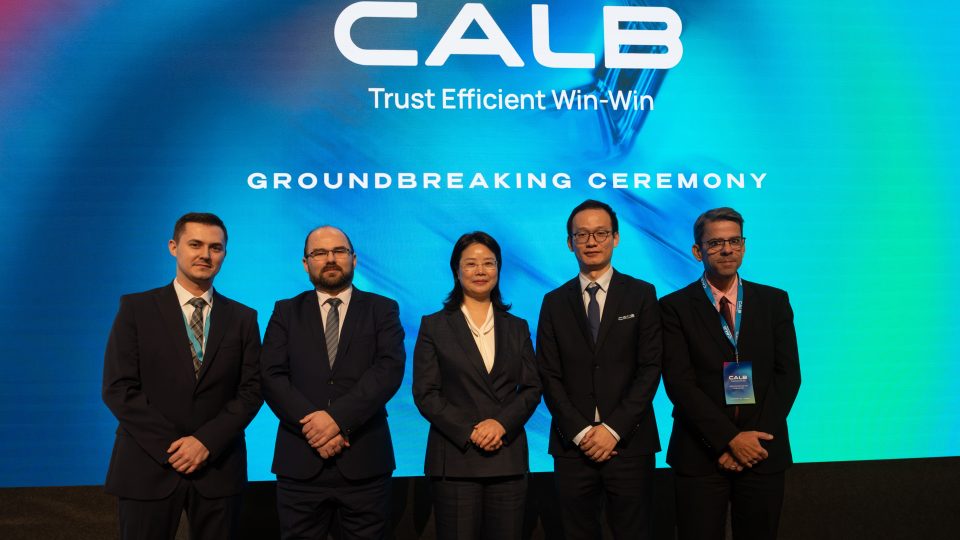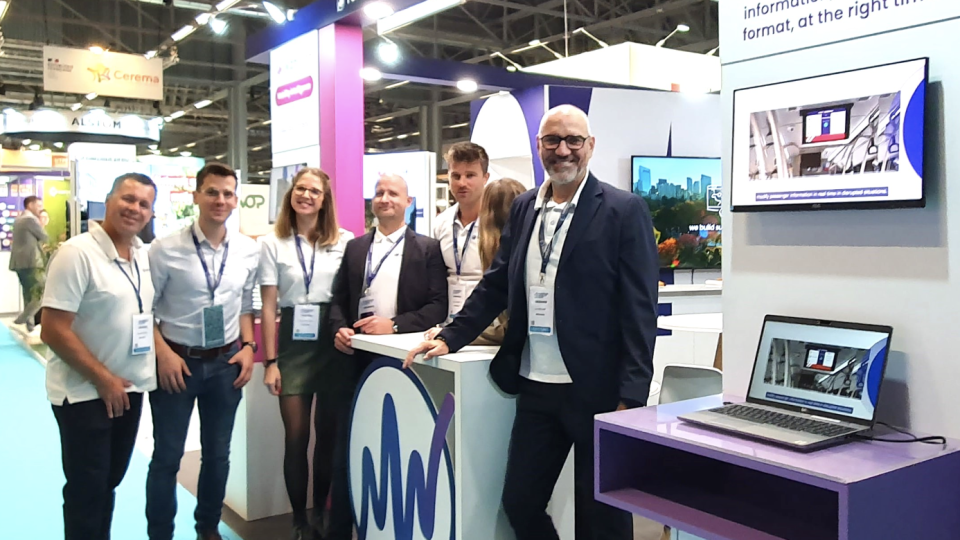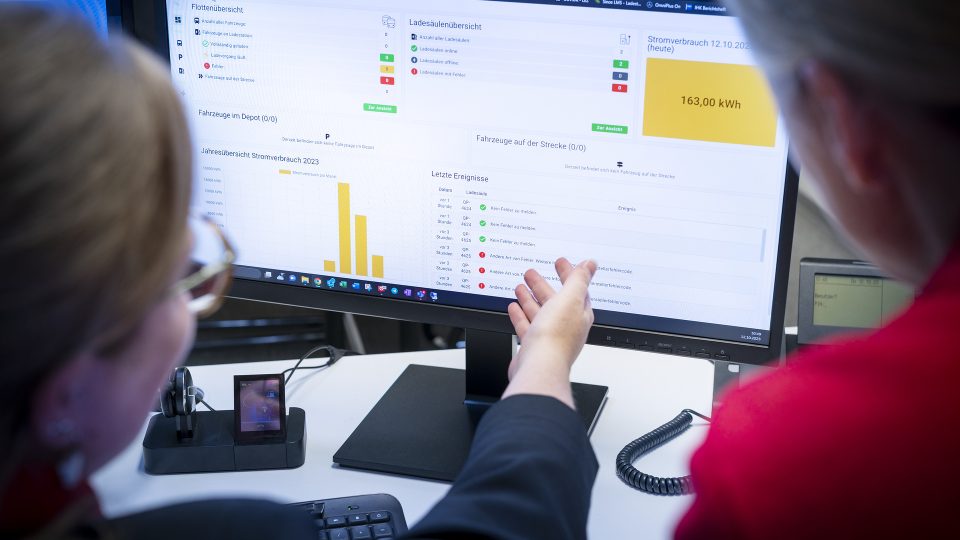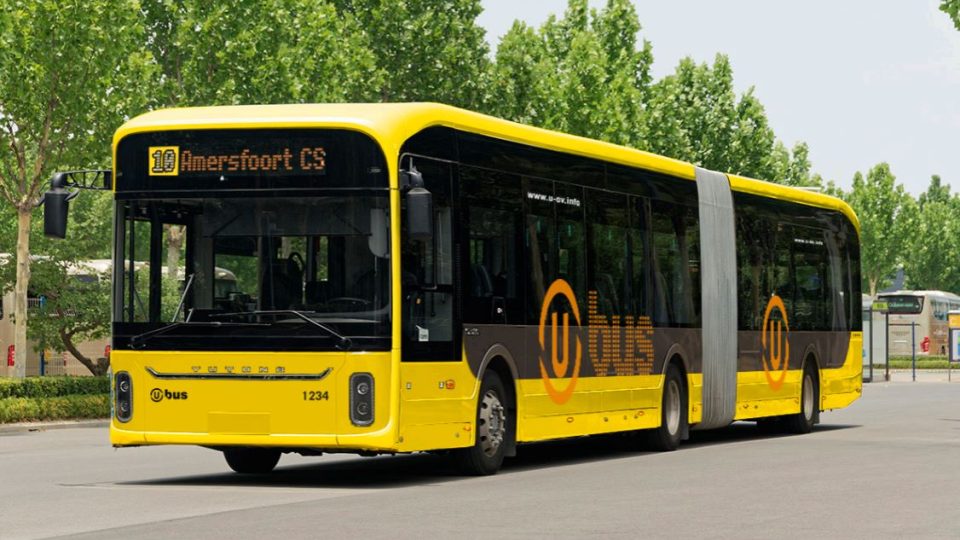Luxembourg turns to INIT for the modernization of bus telematics system nationwide
INIT is overseeing the modernisation of the nationwide Global Telematics System (GloTel) in Luxembourg. The new contract with the Administration of Public Transport (ATP) includes the migration of the existing Intermodal Transport Control System to the next generation MOBILE-ITCS nextGen as well as hardware equipment of 1,700 buses with operation and maintenance over five years. INIT working […]
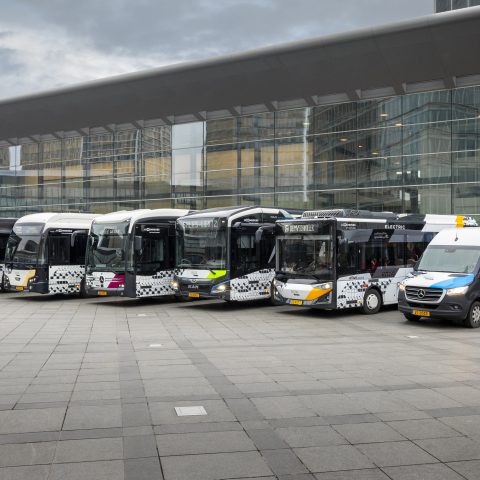
INIT is overseeing the modernisation of the nationwide Global Telematics System (GloTel) in Luxembourg. The new contract with the Administration of Public Transport (ATP) includes the migration of the existing Intermodal Transport Control System to the next generation MOBILE-ITCS nextGen as well as hardware equipment of 1,700 buses with operation and maintenance over five years.
INIT working at modernization of Luxembourg bus telematics system
The Luxembourg ITCS is operated as a multi-client system in a private cloud and supports the efficient work in the control centre. It enables the monitoring and control of the RGTR (Régime Général des Transports Routiers) bus route network, which is operated by private providers on behalf of ATP.

The system also provides reliable passenger information. In order to ensure the greatest possible security of the state-of-the-art ITCS cloud technology, ATP and INIT rely on the operation of the central IT infrastructure in geo-redundant data centres in Luxembourg, i.e. several locations with highly available equipment, INIT explains. The migration to the new ITCS will be completed during the course of 2025.
The supplier states that 1,700 buses will be equipped with new on-board computers EVENDpc3. In order to minimise the conversion time and save costs, the existing mounting plate at the driver’s workplace will continue to be used instead of implementing a concealed communication platform in the vehicle. INIT will gradually carry out the quick and uncomplicated conversion of the fleet by 2026.
INIT services in Luxembourg
But INIT also provides other operational services, including hosting the entire system, managing software and hardware maintenance and monitoring the condition of all system components.
As well as the ITCS and on-board computers, other INIT solutions have been used in Luxembourg for many years. In addition to the automatic passenger counting system MOBILE-APC with counting sensors in the vehicles, passenger information displays with TFT infotainment displays provide passengers with important information about their journey. The devices communicate via a fast PoE (Power over Ethernet) network connection. INIT’s PoE ETHERNETswitch efficiently connects the devices and also ensures power supply via a single cable, thus saving cabling costs and extra work.
A radio data transmission unit to request traffic signal priority will be newly introduced and installed in all buses. This enables the buses to request priority over private vehicles at traffic lights, thereby reducing the time spent waiting at the lights and therefore journey times.
Passengers are informed of the next departures in real time via LED matrix displays at numerous stops and the control centre uses a workflow and event management system as well as an evaluation and statistics system, primarily to evaluate the performance of the numerous bus operators.
INIT Managing Director Klaus Janke emphasises: ‘We are delighted to continue supporting the attractiveness of public transport with our solutions. The fact that our technology has again been chosen and that MOBILE-ITCS nextGen will serve as the next-generation control system is the best proof of our capabilities – and we are very proud of that.

